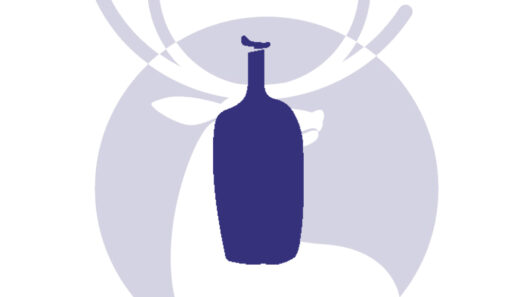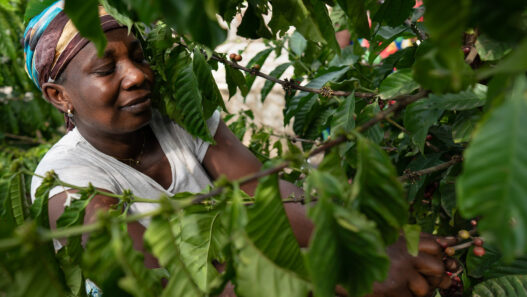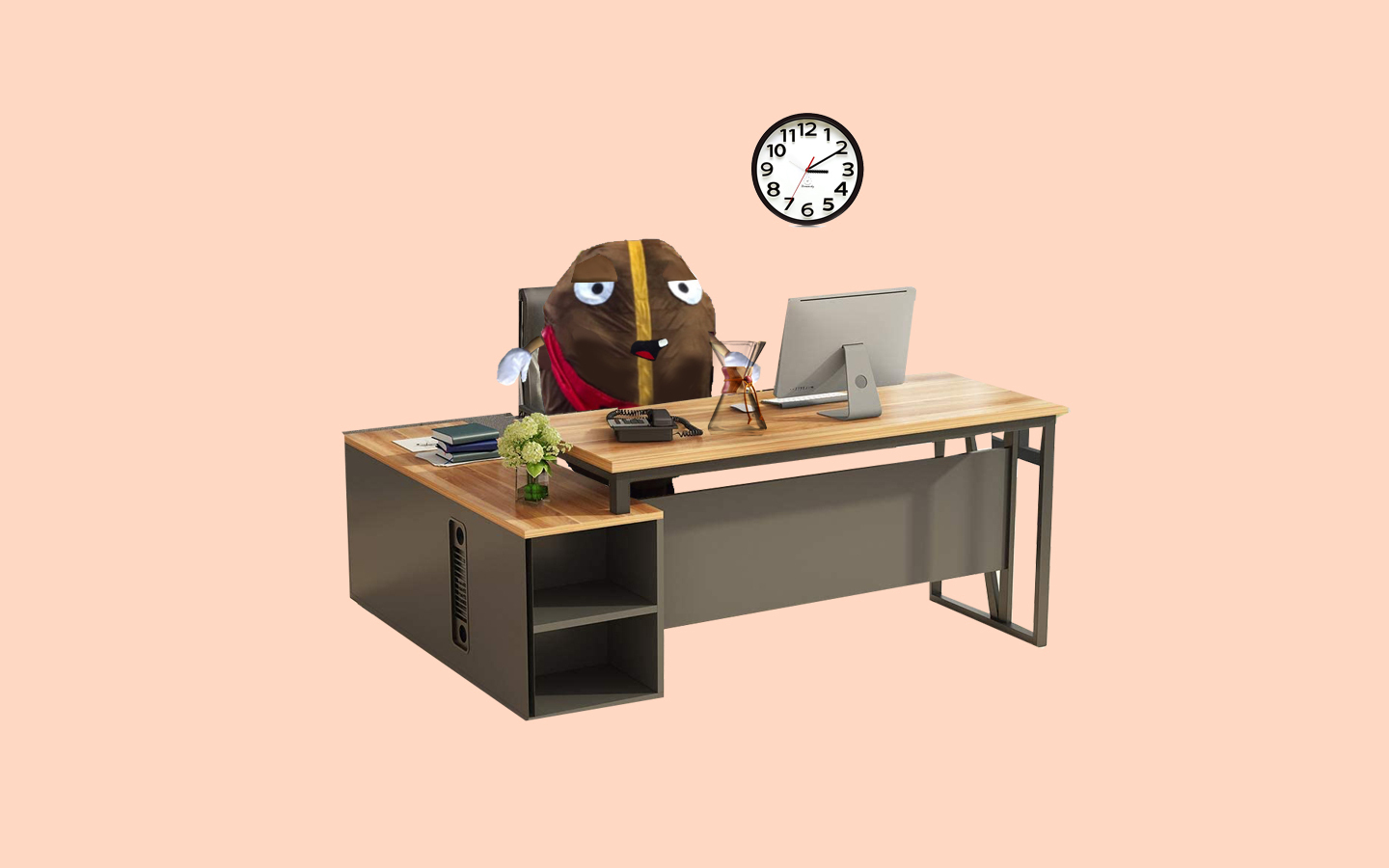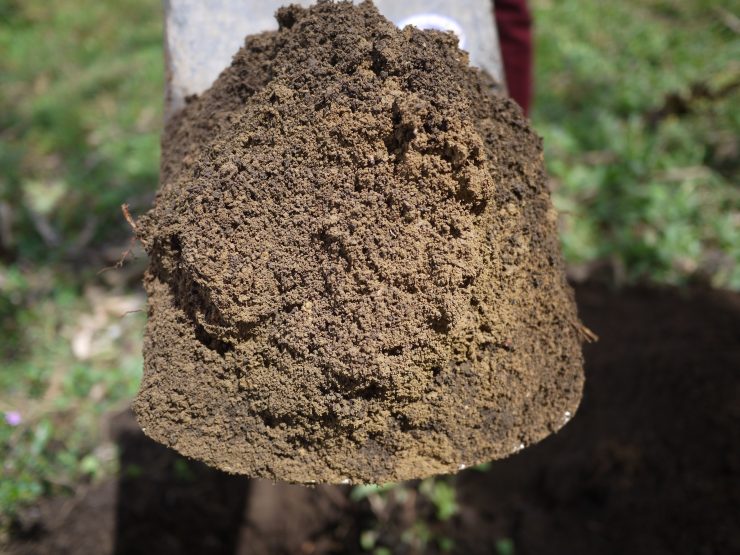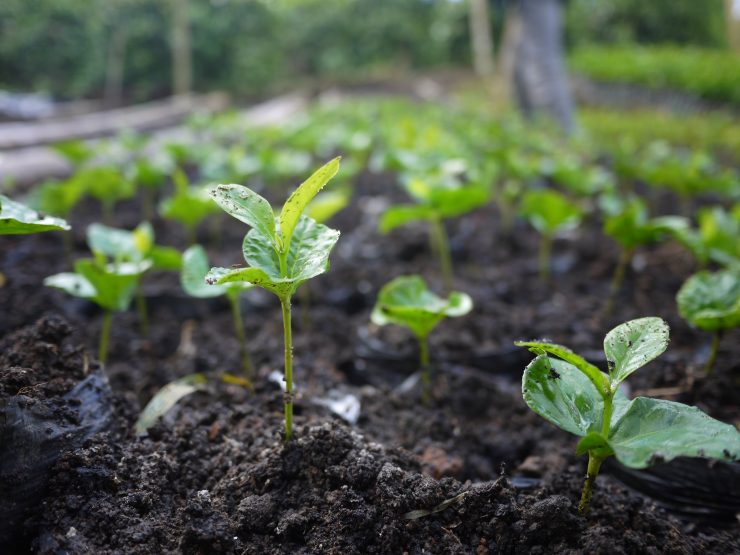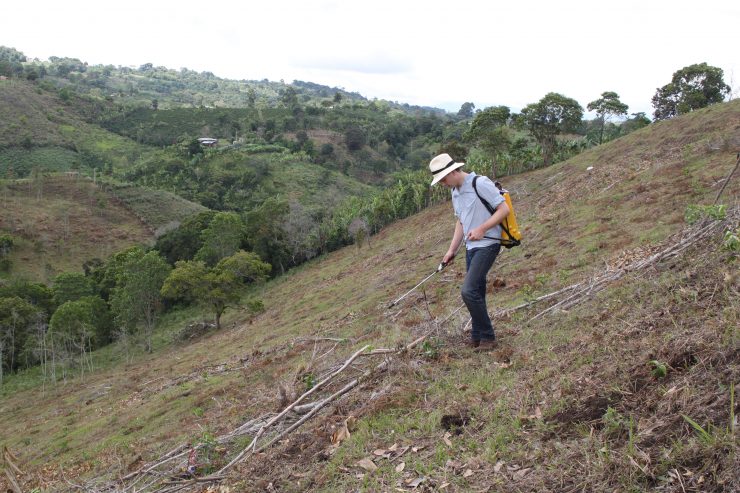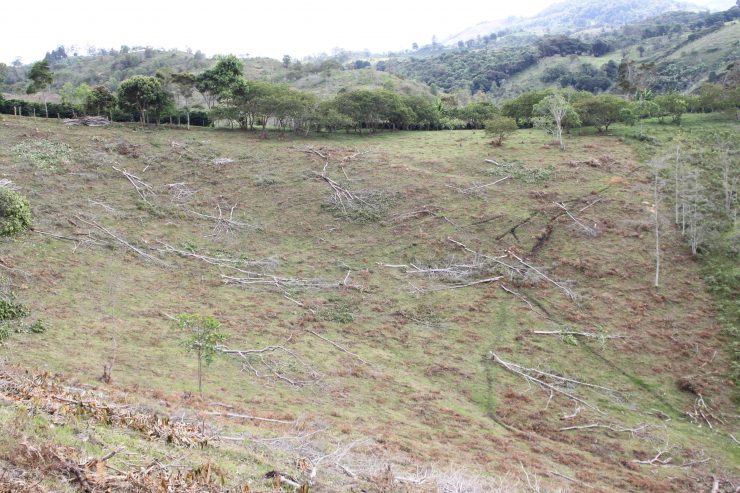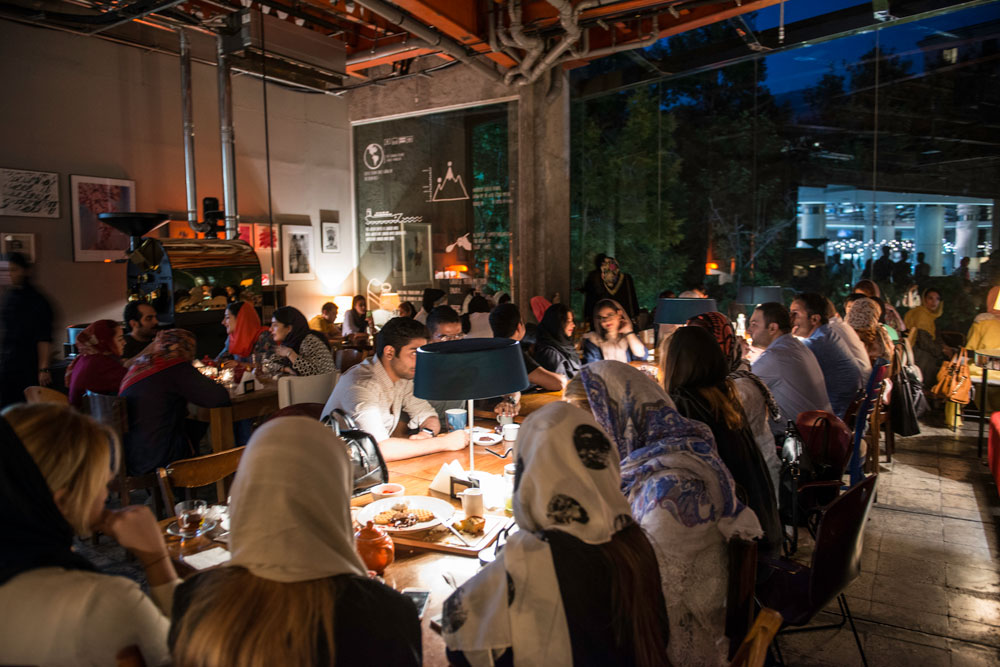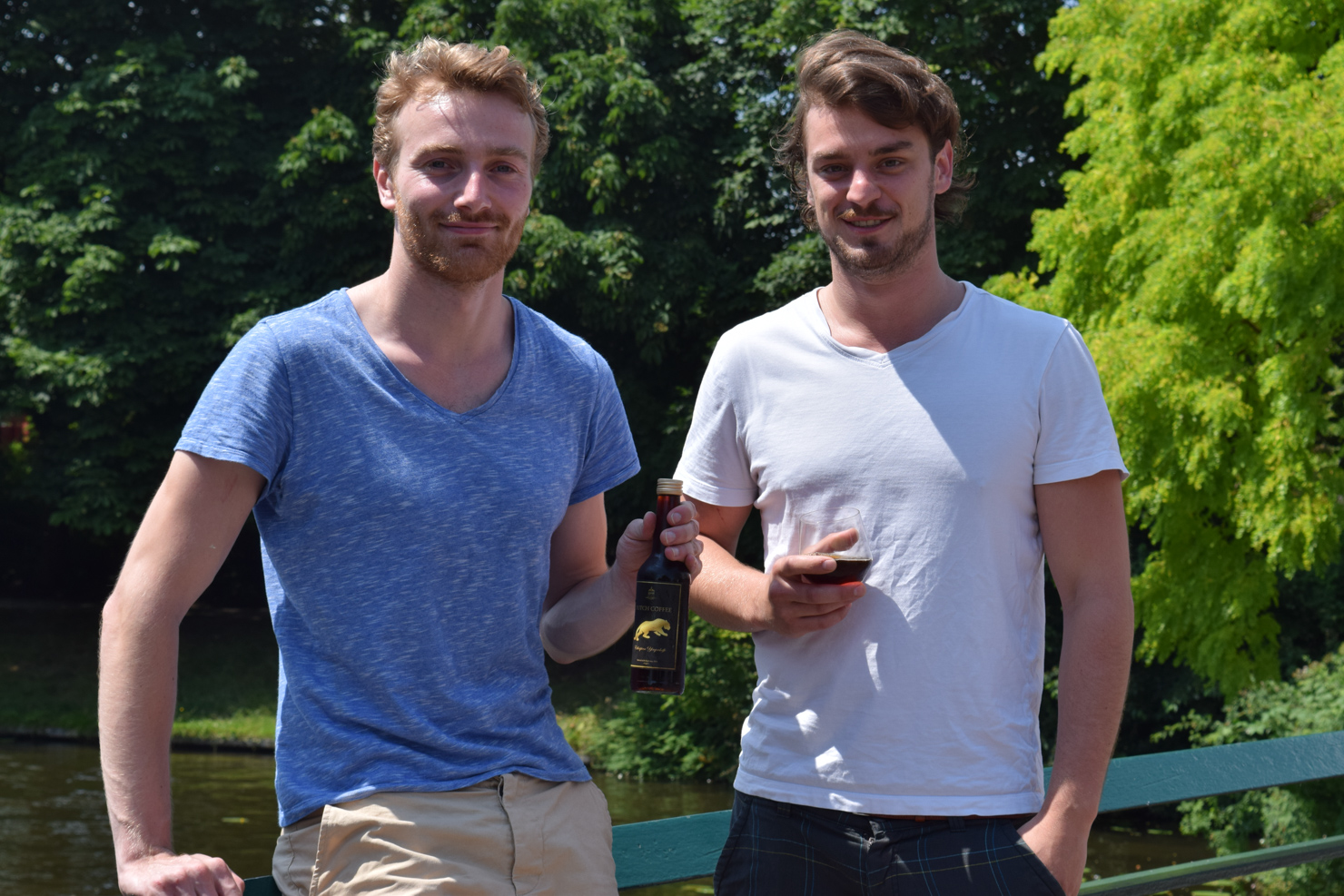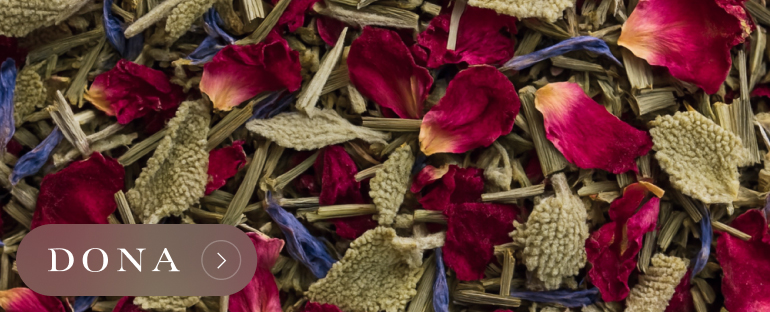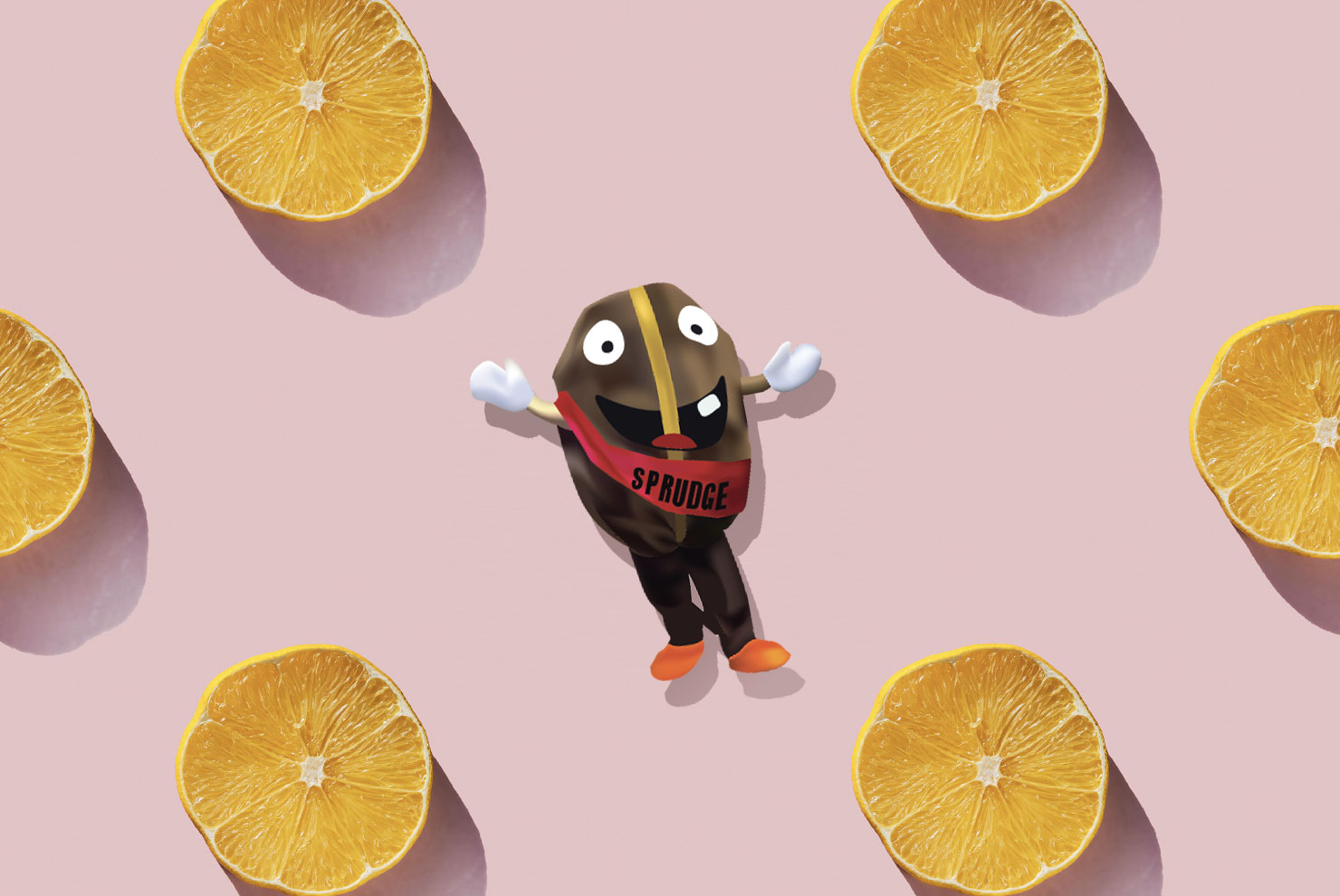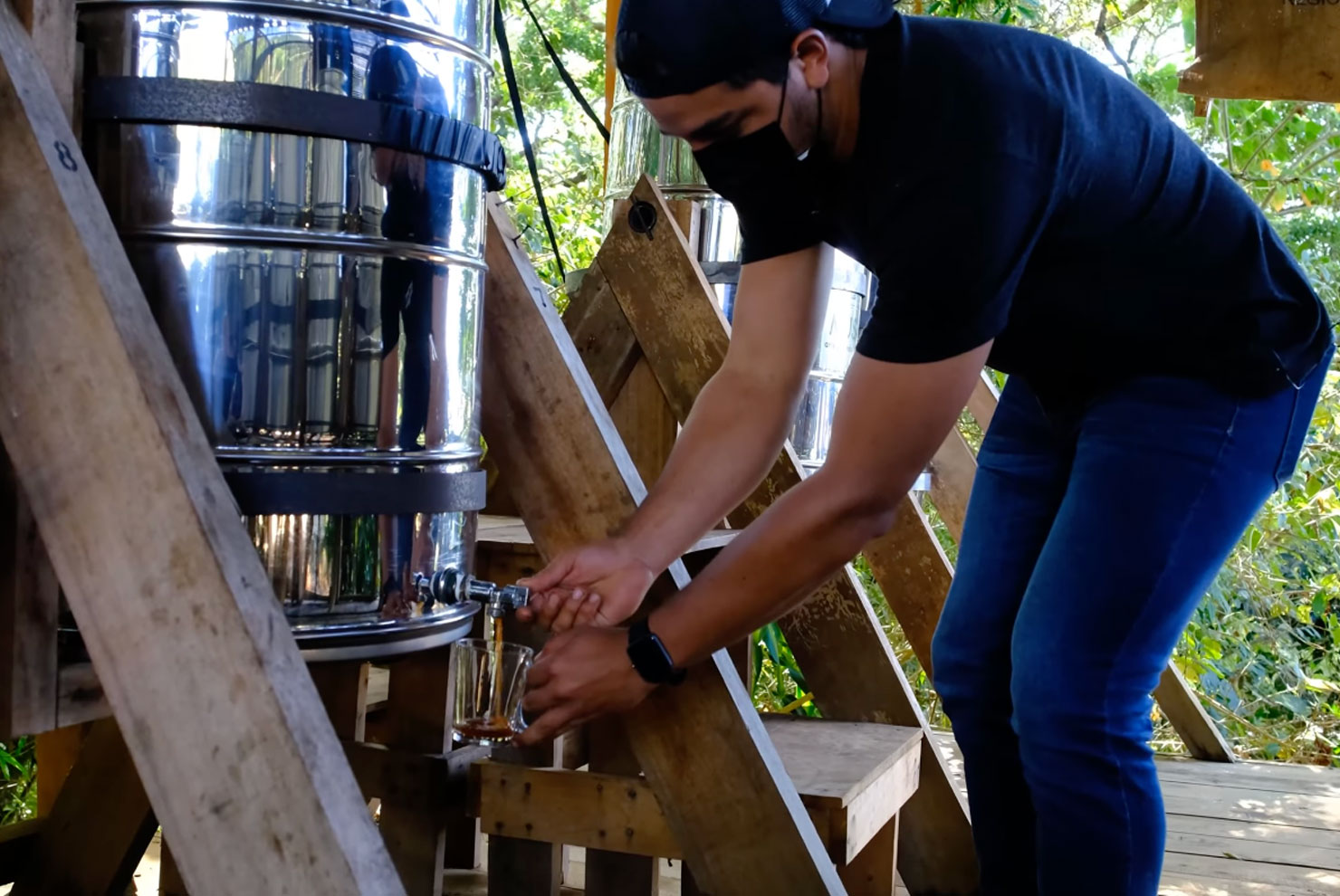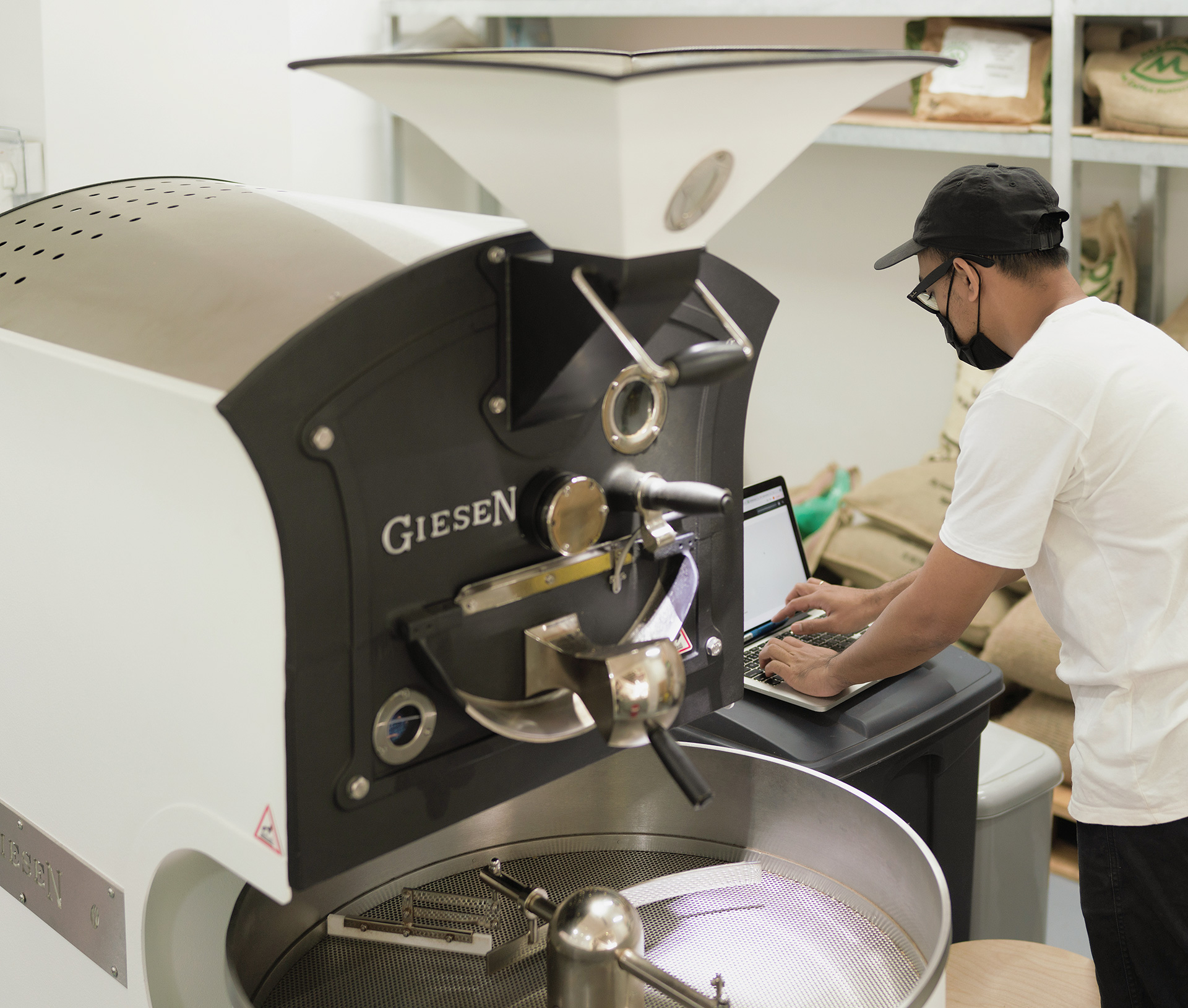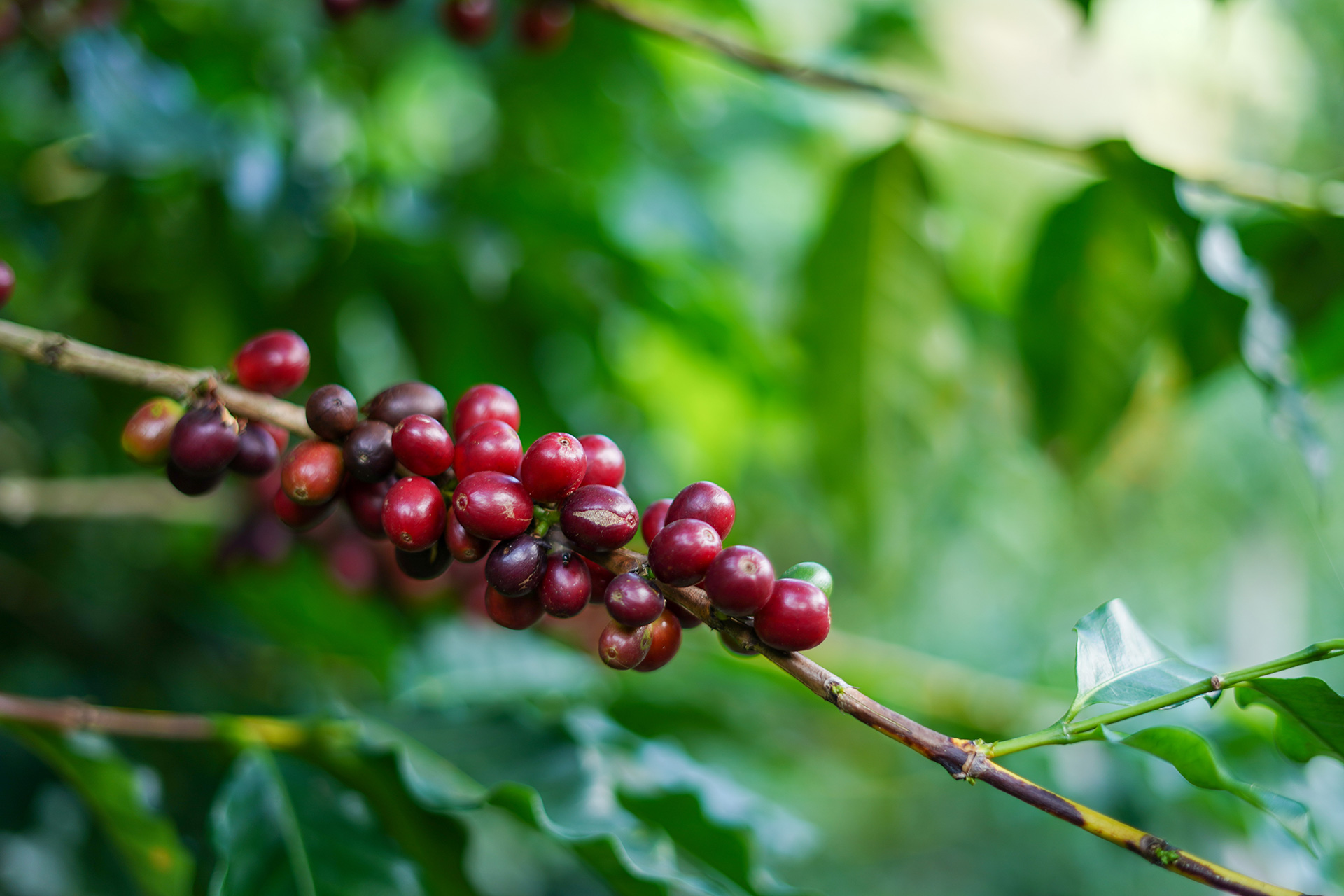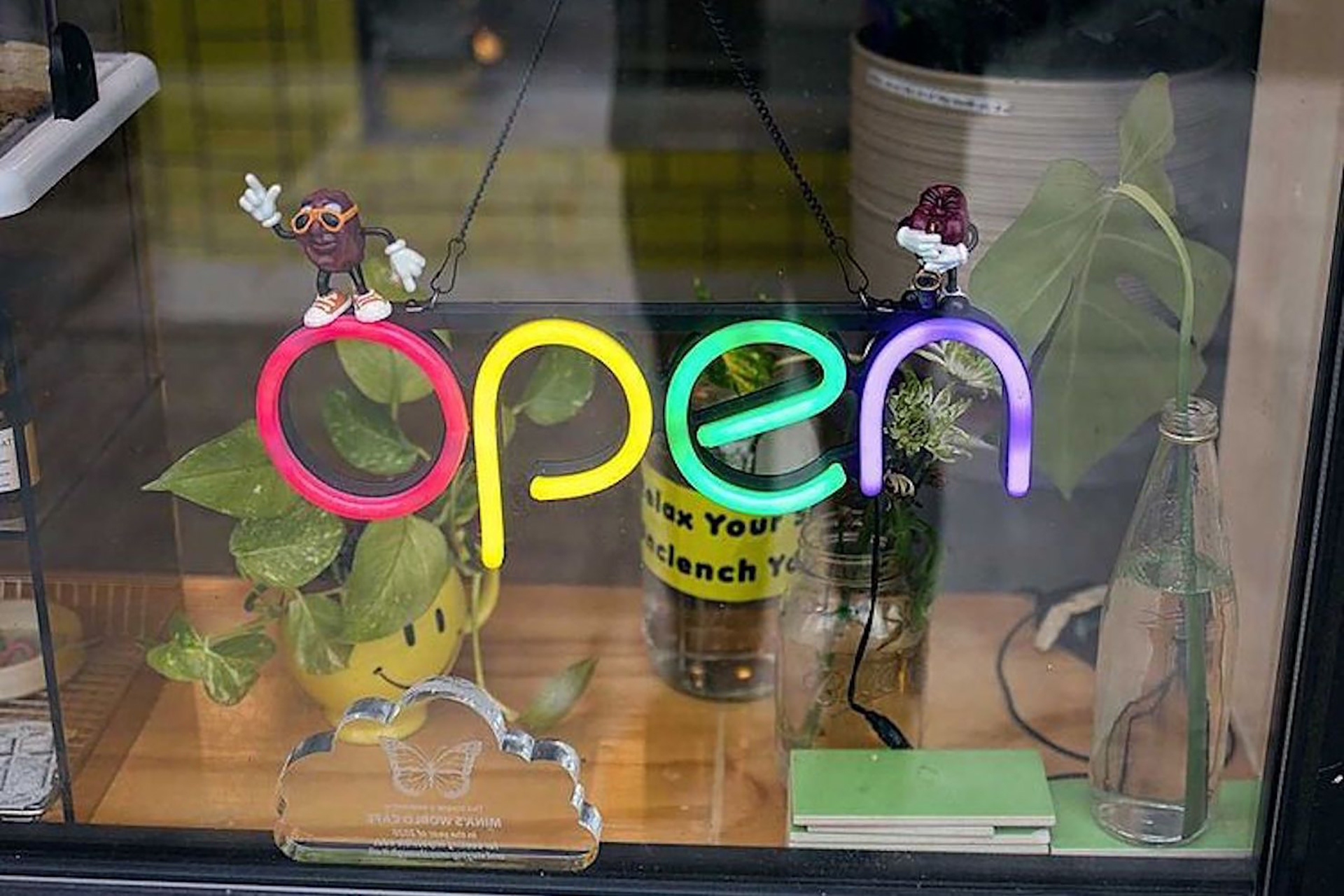World Barista Champion and Sprudgie Award winner Tim Wendelboe has acquired 7 hectares of land in Huila, Colombia, in the municipality of El Pital. Wendelboe’s new farm, dubbed Finca El Suelo (“the soil”), sits immediately adjacent to Finca Tamana, the farm about whom Wendelboe authored a book in 2013. The purchase of El Suelo was a process several years in the making, and makes for an interesting new development as the worlds of coffee growing and coffee roasting collide closer and closer together.
Several coffee roasting companies—not that many, but several—are involved in ownership projects at origin, in which they either wholly or partially own land or production facilities in coffee growing regions. This degree of involvement, especially when it makes producers lives better and improves cup quality, should be lauded; you won’t catch us minimizing this important work. But it is highly uncommon—maybe even unheard of, as best we can tell—for someone from the roasting world to develop a brand new farm from scratch, planting chosen coffee varieties and conducting farm practices to a specific set of expectations. That’s what Tim Wendelboe is doing, and holy shit, that’s interesting.
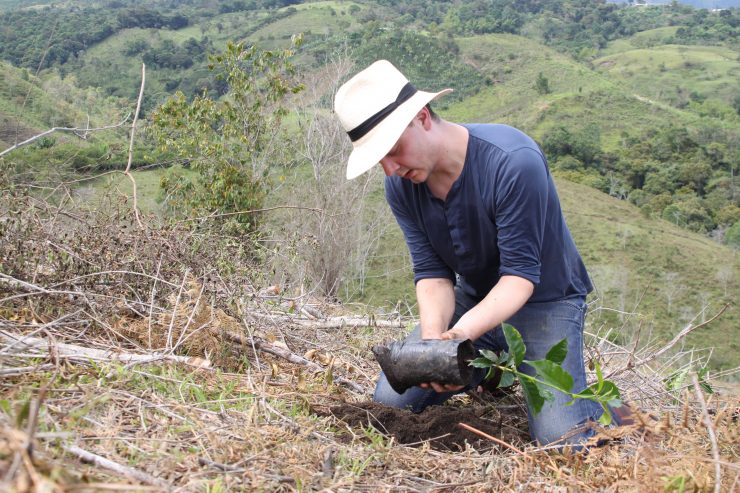
For Wendelboe, this degree of control includes taking a radically organic approach to his farming, inspired by progressive wine practices but not quite biodynamic—he calls it the “scientific-organic” approach. He’s also intentionally planting rust-at-risk varieties, in an attempt to prove a wider point about the potential effectiveness of thoughtful organics. Crazy? Perhaps. But this is a new field to conquer for Wendelboe, whose eponymous Oslo cafe & roastery is widely regarded as a world Top Five, and whose green importing business, Nordic Approach, works with many of the best microroasters across Europe.
It’ll be years before coffees from Finca El Suelo are available, but when they are, we’ll have a clearer picture of just how radical this project really is. For now, let’s learn more about what Tim Wendelboe’s working on in Colombia. Fair warning to casual readers: we get into the weeds a bit with this one. (Pun intended.) This interview is for the green of thumb, not the faint of heart.
Hello Tim! Please give us an overview of your new farm project.
It is a 7-hectare farm that used to be part of Finca Tamana, on the corner of that farm actually—7 hectares of untouched land, separated from the rest of the farm. We’ve spent one and a half years to make the paperwork to legally separate it, and buy it from the owner of Finca Tamana to start growing coffee.
Is this the first farm you fully own?
Yes. It took 1.5 years to get the paperwork done, so it’s been in our plans for almost 2 years now. I’ve been mentioning it to some people but trying to keep it under the radar until I have the actual papers for own it, and I just got that paperwork signed 2 weeks ago in Colombia.
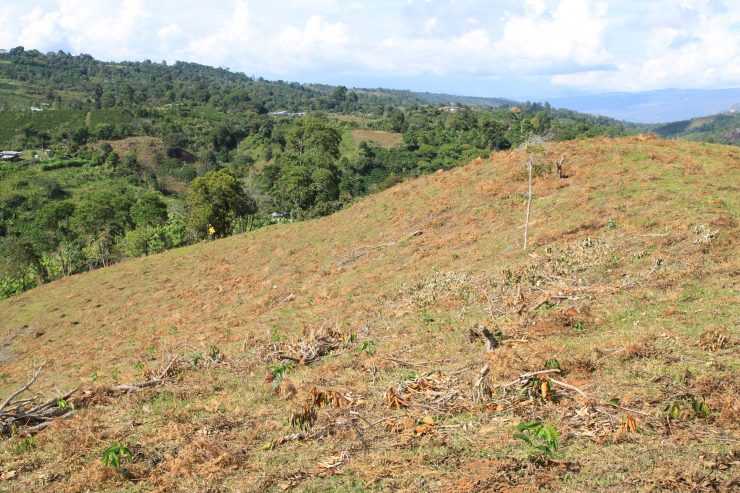
What do you have planned for the farm? Tell us about what you’ll be doing with the land.
We have already planted 4 hectares with coffee, in February when I was there. So we have about 2.5 hectares with Typica, and then 1.5 hectare with Gesha, but we’re planting more—we have 1500 more trees we’re going to plant in October. And then another possibly 2000 trees with Gesha and another 1000 trees of Caturra. Most of the farm will be planted with these 3 varieties, and then I’ll have a small house to have some guests, and a farm manager who will stay there to make sure nothing is stolen. And I’ll be building a small wet mill as well and drying facilities, plus we’ll also grow some fruit just to eat and enjoy.
Tell me more about your plans for the wet mill & drying facilities.
It’ll be a very small wet mill. We’ll be doing smaller lots—it’s just 7 hectares, so that’s around 100 bags a year of total production. It’ll be either an Ecomill, which is a kind of stainless steel fermentation tank where you mechanically remove mucilage after fermentation, or we might just install just the mechanical demucilage machine. This uses far less water than traditional methods. We may also choose to have a traditional soaking tank. I’ll research it heavily before I install it.
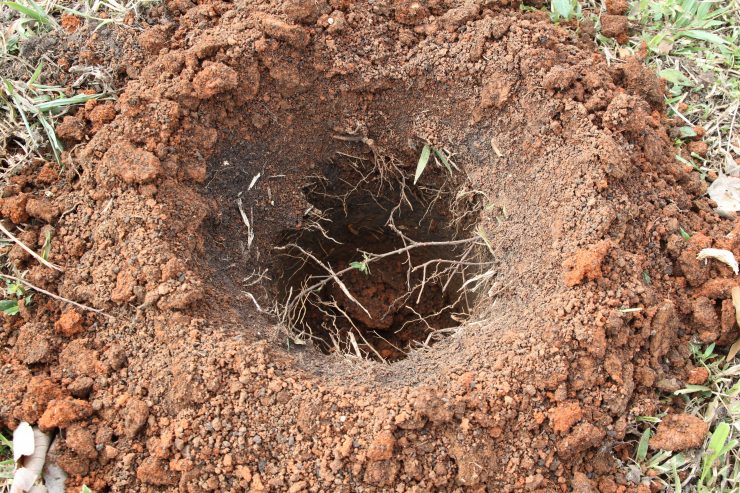
What is the timeline for growing like? When will coffees from your farm go to market?
The first minor harvest, where you can get a taste, was expected to be in 2 years, but my plans have struggles—I am just learning how to do this. I was planting before i knew what to do, and the plants have struggled. Maybe in 3 years we’ll have a small taste, probably 20 kilos. In 3.5 years, I’m expecting a harvest. I don’t know how many bags that will be, but it should be a significant amount.
This is a long-term project. When you plant coffee, it’s a project not for 5 years, but for 30 or 40 years. It’s a long-term project.
Are you aware of anyone else creating a project like this?
Both yes and no. There are other roasters in Norway owning farms, but they’ve bought into farms that already existed, with already planted coffee and a house. I’ve never heard of anyone doing from scratch the way I’m doing—and I’m also growing organic, which means doing my own agronomy, strategic decisions, and everything.
It’s a learning experience for all of us. I’ve been taking classes in agriculture and organic farming for the last 6 months. That was the whole idea of the project, which is to ask, “how do you raise quality at the farm level, besides processing? How do you improve the plant health and nutritional health to get better coffees?” Nobody seems to be able to answer me those questions, so I guess I have to just learn by doing.
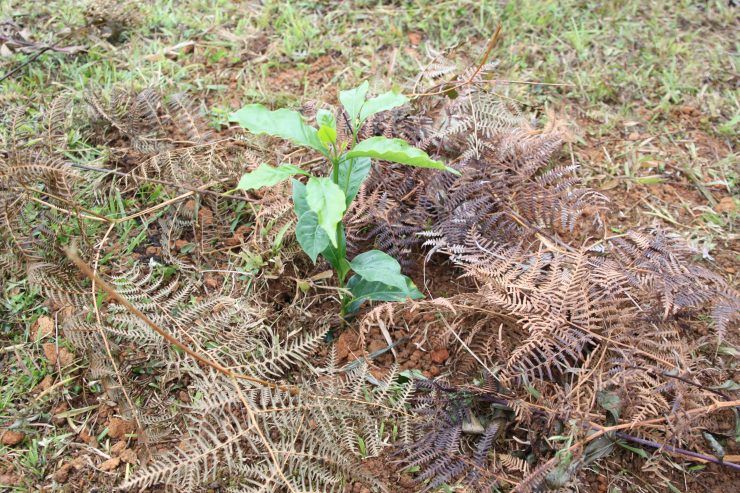
What will the farm be called?
The farm name is Finca El Suelo, which means “the soil” in Spanish. I chose that name because I’m not farming coffee, I’m farming soil, and I just happen to plant coffee in that soil. I’m trying to manage soil to be healthy with beneficial microorganisms which will provide nutrients for my plants. It’s more like you’re managing the soil on your farm, and you plant whatever plants you want to grow there.
Why this desire for top-down control?
It’s part of quality control. If you can’t support all these steps, it’s difficult to manage. Buying coffee once a year from these origins, if something goes wrong, you have a bad product. And that’s not acceptable.
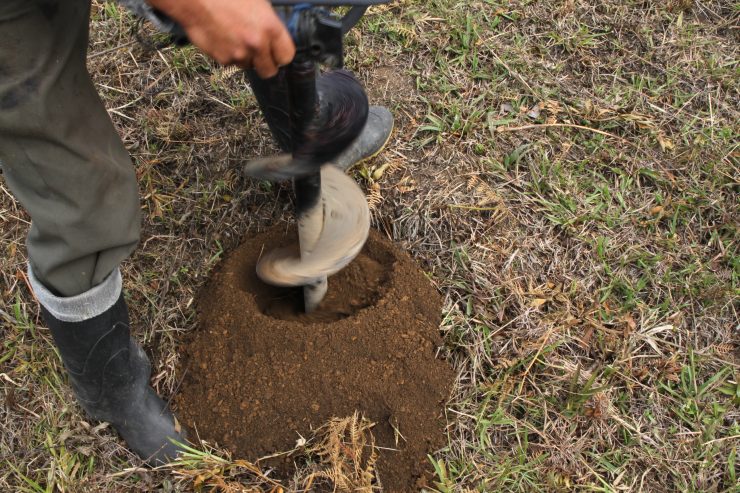
I wonder if there’s some influence from the wine world in this project? In wine, it’s not uncommon for winemakers to also grow their own grapes. Are you influenced by natural wine and biodynamics?
The whole reason I’m doing this project is that I want to learn. Whether or not biodynamics are good or not…there’s so many questions I have about farming. So many unanswered questions. I’ve come across a professor in Dr. Elaine Ingham, who is demystifying these things—but, in short, I’m not going to grow biodynamic because there’s a lot of stuff that’s unnecessary, and it’s a very old system that has not been modernized until now. There’s a lot of guessing, trusting in stuff you can’t control—but if you know what you’re doing, and you’re using a microscope to view organisms in the soil, you can adjust the balance in your soil by making good compost.
We’ll have more of a scientific-organic approach. It’s like having a refractometer when you brew coffee—you make the necessary adjustements for the plant you grow so that it’s healthy. I’m also spraying teas and stuff, made out of compost, but not the plant teas and nettles teas you find in biodynamic farming, because they don’t necessarily contain the amount of organisms or the type of organisms you need.
But to answer your question, it’s definitely from wine that I got interested into this more and more. I understand that most of the farms I’m buying from are not experimenting with what’s the most important, which is getting the best possible soil for the plant. Everyone is experimenting with process but the potential is in the bean—once it’s picked, much of the fruit’s capacity has been determined. I want to concentrate on what is happening before the coffee has been picked.
I am very much inspired by natural wine—the school of thought in wine that says, first you want make the best possible grape (or in this case, coffee bean), and then do as little to it as possible to it from there to make it as a good as possible.
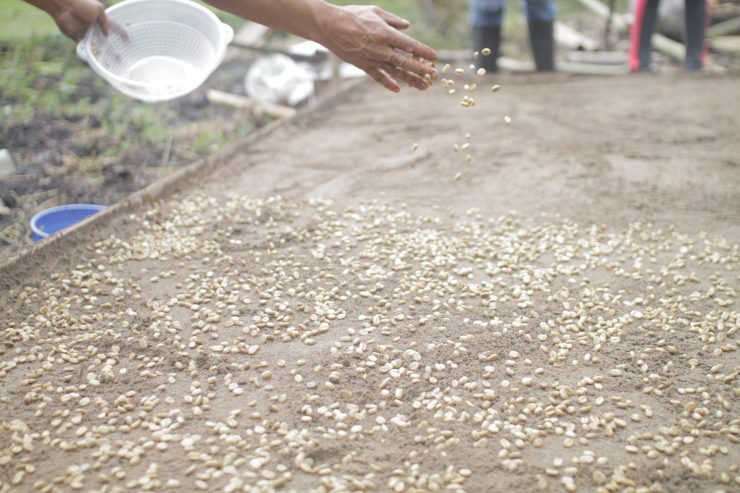
Once production is happening at a wider scale, will you be selling the coffees you grow to other roasteries?
A lot of people ask if i’m going to sell green to other roasteries, and yes, if the quality is there, I will sell to other roasteries. If the quality is there, I will.
So if not biodynamic, then mostly organic, yes? What is the approach going to be there? And why?
I’m planting Typica, Gesha, and Caturra—I’m taking seeds from Finca Tamana to be able to measure the results directly. Same climate, same lands, but very different approach to fertilizing, I’m doing it fully organic. Everyone tells me when you go organic you lose 50% yields and your costs go up, but I’m expecting our yields to be the same or even slightly higher. I just have to prove it first. It will take me some time.
My long-term goal is, if we can do this without chemical fertilizer, I can teach other farmers how to do this. When I get any profit from selling the coffee, I’ll use that to set up a small lab with a microscope, train people how to make compost, and I’ll try to spread that to other farms—especially Finca Tamana, to make that organic slowly over time.
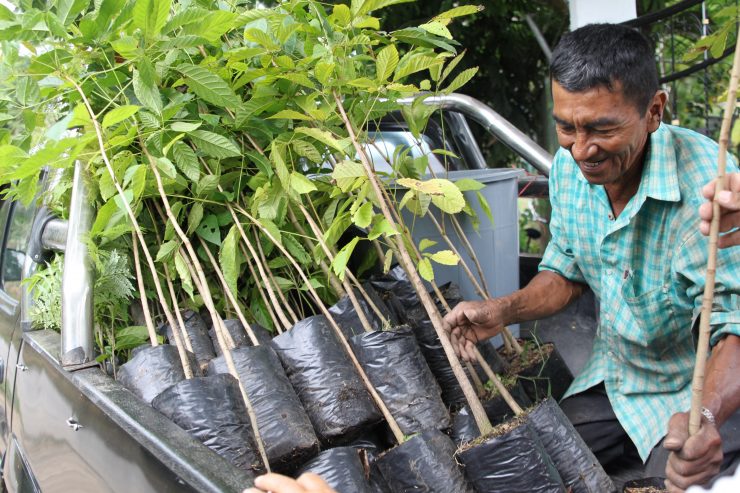
You’re planting Typica, Gesha, and Caturra—why no Castillo?
Just because it’s resistant. I want to make sure we can do this…I want to find another solution to the leaf rust problem. I think it’s there—you can use beneficial microorganisms to fight pathogens—I just need to prove it actually works. The reason why I didn’t plant any Castillo is, well…I probably would have if I had more land, but I feel that planting non-resistant varieties will make it a bigger challenge. It’s not like I don’t like Castillo, but it’s more of a challenge when you have less-resistant varieties. I also think the Caturra can taste fantastic, but at Tamana it is scoring 85 now, which is not spectacular—I want to see if I can make that a lot better. It is a challenging variety to grow, I think.
Last question—what will the roasting & cupping facilities be like at your farm?
I’m setting up a cupping lab, either on my farm or Tamana, so we’ll have some sample roasters—Finca Tamana gets a lot of guests, and we want to be able to cup coffees on the farms. We also planted new varieties on these farms, and want to be able to show people these varieties. But I’m not planning on producing big amounts of roasted coffee on the farm—it’s strictly a growing thing and a cupping thing, I think.
We’ll probably have a small roaster set up outside on the farm. A producer I work with set up a roaster in his garden, so I was standing outside drinking a beer roasting in the garden, smoking a cigar, and it was fantastic. So I’ll probably do something like that.
Jordan Michelman is a co-founder and editor at Sprudge.com.
Photos courtesy of Tim Wendelboe.





